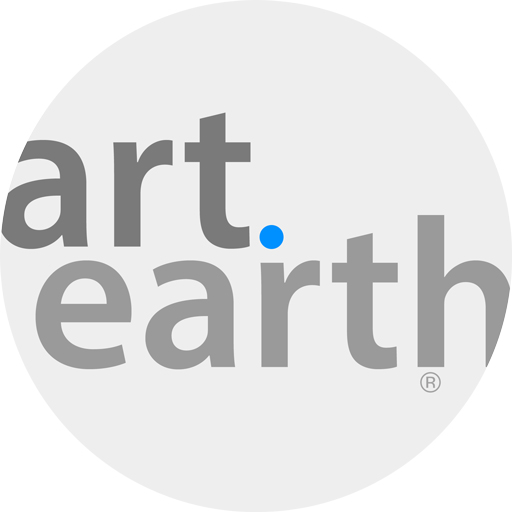T Baskeyfield: Death of Stories
Time
Event Details
Tom Baskeyfield: Death of Stories (Examples of Life) In a small building situated low on a Welsh mountain side, at the shore of a lake,
Event Details
Tom Baskeyfield: Death of Stories (Examples of Life)
In a small building situated low on a Welsh mountain side, at the shore of a lake, lie two almost identical slabs of slate. On closer inspection one can see that these two slabs were once one. And with a little further thought, one knows that they were once part of the mountain outside. The building that contains these bodies of stone is not much bigger than 10 feet x 10 feet x 10 feet, to the pitch of the roof. It has two windows, one on either side, set into thick walls. It has one door centrally aligned. It is through these apertures that light is granted access. The air is still inside, but with the door open one can hear the toot-toot of the small locomotive chugging alongside the lake and the call of corvids carried up on the breeze. The air busies itself out there. The difference between the two spaces, inside, outside, is palpable; it can be tasted. The inside space is not so comfortable, or engaging, stimulating, or exciting, but its quietness invites curiosity in a way that the outside doesn’t. The dim light contrasts with that outside and lures you in. Once inside one is confronted with a truth.
These slabs of slate, this mountain body, were put here to hold the bodies of men who had suffered the worst that the mountain and their interactions with it could offer. These slabs are stone for the dead. Interim resting places before depths of the earth or vapour in the sky. – – – I encountered this small mortuary a few years ago whilst working on a project to do with Welsh Slate. Of Flesh and Stone, as the project was titled, was a glimpse at the slate industry in North Wales and its legacy in the 21st Century. My part in the project was primarily the rendition of slate fragments captured in paper (through frottage) , using graphite to create a relief of the stone. These fragments of slate ranged in size from ones that could fit comfortably in the hand and pocket, to ones that required a backpack to carry, to ones which couldn’t be moved by hand alone. All except the latter found a place in the project. The latter was a rubbing made of one of these mortuary slabs. The mortuary slab rubbing was finally finished in the summer of 2020, as the first lockdown was beginning to ease. Brought to fruition at a most vulnerable time for us humans. Apt for the piece, perhaps. For this talk I would like to discuss mortality in relation to stone, and specifically in relation to this slab of slate and the rendering of its form into creases, dents and blemishes captured by paper and graphite through human touch, and what this process might mean to an understanding of human and earth existence.
Speakers for this event
-
Tom Baskeyfield
BT on Facebook
[custom-facebook-feed feed=2]
